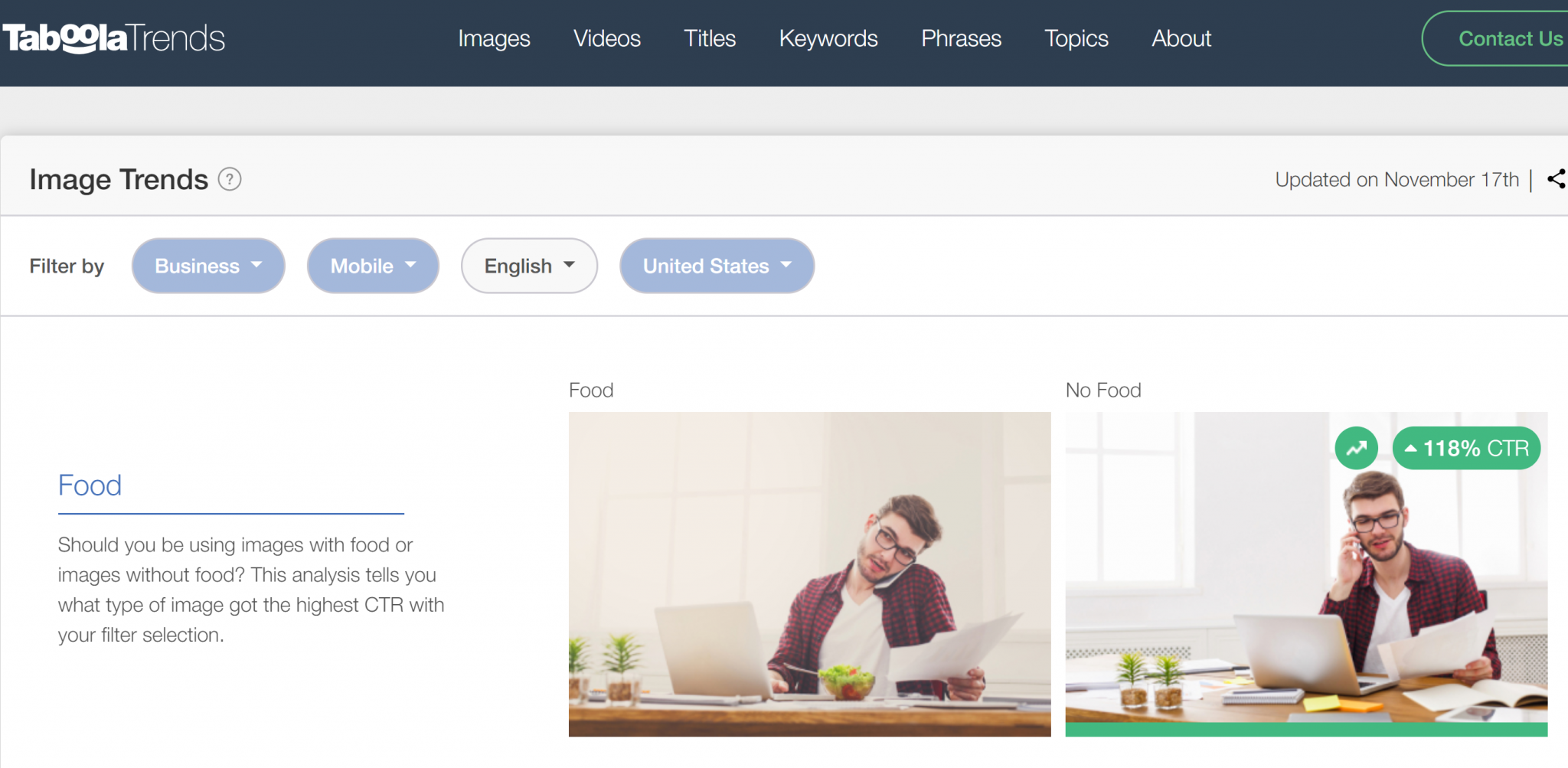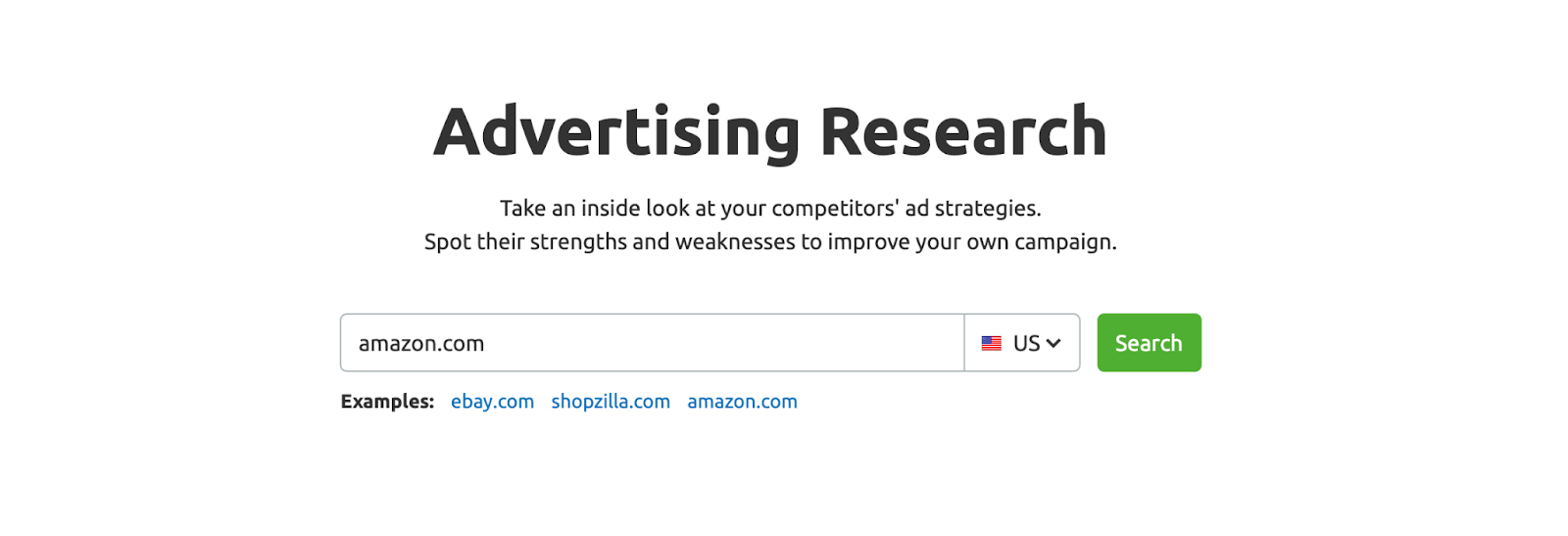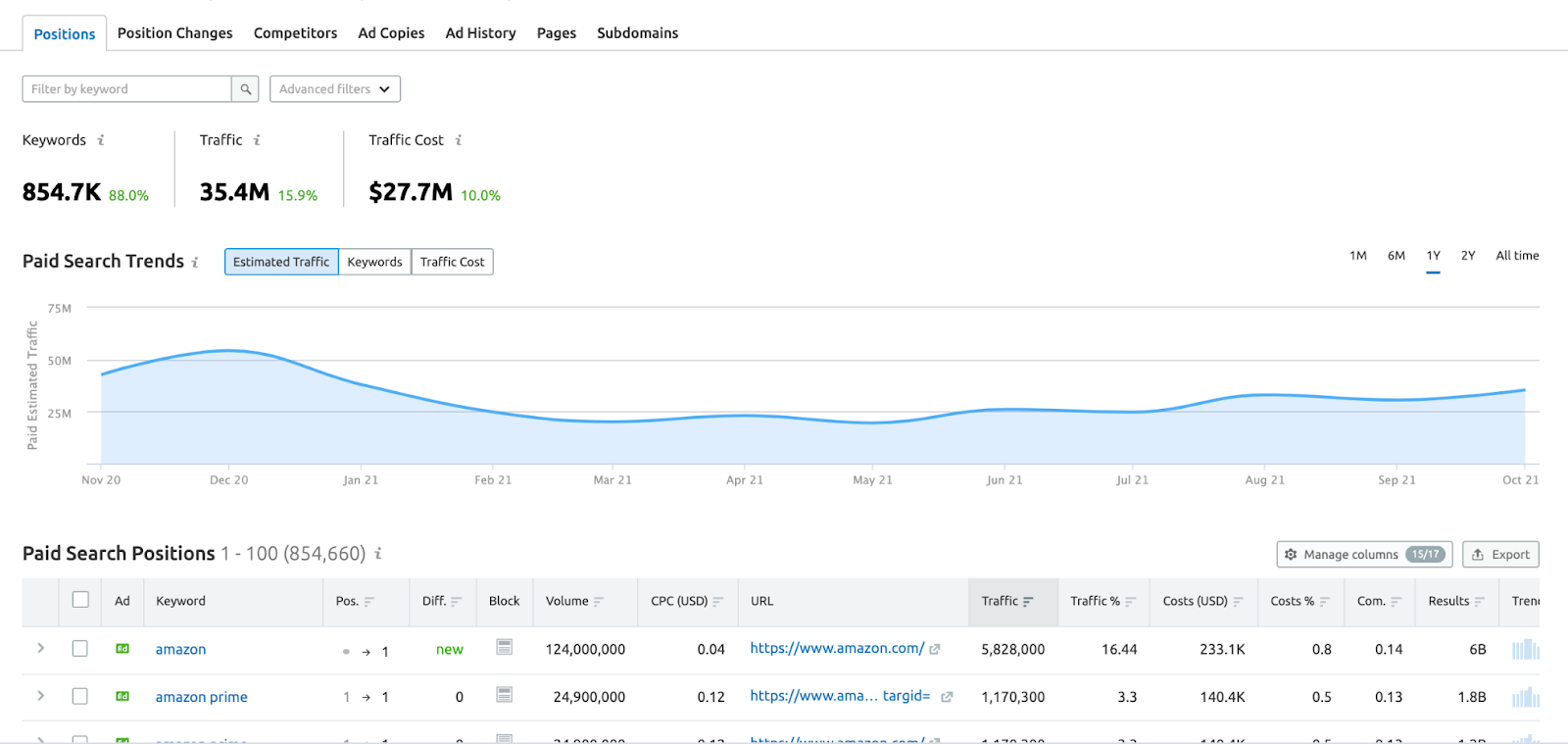The data is indisputable: conventional advertising is no longer as successful as it once was. Standard display advertising is unlikely to draw the attention of the 80% of US consumers who use at least one ad-blocking technology. You must include a native advertising strategy in your overall marketing plan in order to reach your target demographic.
Native advertising is effective because it is viewed by most consumers as more reliable and interesting than standard advertising. Additionally, people are more inclined to pay attention to native ad content; when compared to other ad formats, native advertisements generate more clicks and purchases.
Like other digital ads, native ads can be tailored to target particular groups.
Yet, the experience and actions of the client determine whether to place a native advertisement. To ensure that your native ads are seen by customers at the appropriate point in their buying journey, advertising platforms employ algorithms to identify when an ad should be presented to them.
Nowadays, the majority of companies have some sort of online presence, whether it be a basic Facebook page or an extensive e-commerce website. They may improve traffic to their websites, build brand awareness, and finally boost sales with the aid of native advertising.
How to Get Started With Native Ads
It can be intimidating to try out a new marketing plan, particularly if you’ve already established your present one. Yet you won’t need to blow through your cash to get started with native ad campaigns because they are simple to set up. The actions that you must take are as follows:
1. Set Campaign Goals
Like all marketing, building a native advertising strategy starts with goal setting. Be clear about what you want to achieve with your native ad campaigns.
Typical goals include:
- Generating leads
- Getting more sales
- Acquiring newsletter subscribers or site members
- Boosting website traffic
- Increasing brand visibility
You can also think of your goals as performance goals that use content to drive conversions, or awareness goals that look at how many people view your content and how long they spend doing so.
However you describe them, make your native ad campaign goals specific. It’s not enough to say that you want to get more newsletter subscribers, for example. You should know how many subscribers you want, and set a deadline for reaching that goal.
2. Define your Target Audience
The next step is to define the audience you want to target. You may have some idea of the people you want to reach, based on your buyer personas. This is a good starting point, but native ads can also showcase content to people who’ve never heard of your brand, but who are open to reading helpful information involving it.
So, it’s wise to keep targeting minimal at the start. If you don’t pre-judge the outcome, you get to see who’s responding to your ads. As your native advertising strategy progresses, you can target ads by age, gender, interests, location, device usage, buyer intent, and more. This ensures that you target the right people, with the right content, on the right devices, in the right places, at the right time.
3. Select the Right Publishers
Platforms such as Taboola give you access to thousands of publisher websites that run native ad campaigns. As part of your native advertising strategy, you might choose to work with traditional or new-media publishers or a mix of both. What’s important is that they’re a good fit for your native ad campaigns.
To establish this, look at reach: the size of the audience that could potentially view your content. Also look at relevance: whether the site’s content and audience demographics match the people you want to reach.
In addition, there’s filtering available for the publishers’ sites that determine where you’ll display your native ads. You can target publishers by location, device and more. Once your campaign starts running, pay attention to your stats, then tweak the publisher mix till you get it right.
4. Identify Valuable Content
Content is at the core of any native advertising strategy, but you must shift your mindset. Instead of thinking like an advertiser, think like a reader, and consider what appeals to your target audience.
Read Also: How do You Spot Native Advertising as Foolproof?
If you aim for content that’s informative, relevant and dripping with value, you’re on the right track. If you don’t have the right content, create it and make your native ad strategy more effective.
Content to consider includes:
- Useful content to educate and inform people, and help them get to know your brand (top of funnel)
- Content targeted at lead generation for particular products or services, but still informative (middle of funnel)
- Content to drive sales (bottom of funnel)
5. Build Appealing Creatives
Once you’ve identified your campaign content, it’s time to create your ads. Titles and thumbnails are key. They’re your only chance to grab readers’ attention and make them click through.
It’s worth experimenting with different combinations until you discover what works best for your target audience. The same URL might need a different title or thumbnail image, for example, depending on your audience or location.
If you need some help, use the Taboola Trends tool to identify native advertising best practices for different audiences and niches.

6. Allocate Campaign Spend
CPC – or cost per click – is the amount you spend every time someone clicks on your campaign items. Start by identifying what your ideal CPC is, and your spending limit –how much you want to spend overall.
You can get useful traffic for a spend of between $50 and $100 a day, but at the start of your native ad campaign, it’s wise to go for a high CPC. This gets your content in front of more people and gives you more data to work with when you’re ready to optimize your campaigns.
7. Track, Test and Tweak
Whether you’re running a native advertising agency, or going it alone, creating an effective native advertising strategy isn’t ‘set it and forget it.’ It’s essential to monitor your native ad campaigns to ensure they’re achieving your goals.
Check data daily, especially at the start, so you can experiment if things aren’t working out the way you want. You can A/B test headlines and images, for example, to get the most effective combination for each campaign.
Follow these seven steps, and you’re set for a successful and effective native advertising strategy for improving brand awareness, attracting leads, and making sales. Get started with Taboola’s native advertising.
It’s crucial to monitor the performance of your native advertising campaign after you build it in Google and make any required adjustments. Even though Google AdWords has its own reporting and monitoring capabilities, it is unable to monitor all the metrics that are important to the campaign’s performance.
Working with third-party solutions can help you gain a better understanding of your native ads’ real-time impact.
For instance, Prowly’s Media Monitoring tool monitors internet mentions of your brand(s) or product(s) and how and when they occur.
Businesses often use native advertising campaigns to generate leads or brand awareness, so monitoring brand mentions is another way to track the success of your ads. Your brand’s sentiment and estimated reach can tell you how customers feel about your brand.
Reviewing these metrics before creating your ads can help you determine your campaign goals. A brand awareness campaign, for example, will likely look much different than a campaign to change the brand sentiment.
You can also use the Advertising Research tool to scope out competitors’ SERP ads and learn more about their advertising strategy. Most advertising tools aren’t able to track native advertising campaigns, but their SERP ads should be able to tell you more about the keywords they target or the products they highlight in their ads.
Use your competitors’ strategies for inspiration or benchmarking when building out your own native advertising campaigns. Are there any comparable products or services you can highlight in your native advertising campaign?
To get started with the Advertising Research tool, enter your competitor’s domain and your target country into the tool:

The tool returns an easy-to-follow report on the domain’s SERP ads, including their estimated traffic and search positions:

Toggle the Ad Copy tab to see current copies of their SERP ads. Try to note any trends or language in the copy that you can use for your native ad:

What do You Need For Your First Campaign?
1. Which ad format?
You need to decide if you want to create a content-native ad or a product-native ad, which are two different native advertising formats.
In short, the choice of ad format depends on whether you want to direct the reader to a content page such as a blog post, article, or landing page, in which case, you would select the content native format. If you want to drive visitor traffic to a product page, e-commerce, home page, or form to fill out, then your choice is the product native format.
2. Design your ad content
Before you build your campaign, you need to choose which page(s) on your website you want to drive traffic to, as well as design the content of your ad: its title, teaser, theme, and image.
For each landing page, we recommend 3-5 different ad versions so that the platform can test which one works best.
3. Create a campaign in Readpeak
You can create a new native ad campaign here: New native ad campaign. Carefully follow the instructions step by step. If you have any questions, you will get the fastest answer through our chat support, which you can find in the lower right-hand corner of the page.
Once a campaign has been created, it needs to be activated to begin. If you’re a new user at Readpeak, we’ll always make sure your first campaign is built the right way.
Benefits of Native Advertising
Many of us probably still remember the gaudy, flashing Internet ads from the early 2000s, complete with a flashing “Buy Now!” button. These days, digital marketing focuses more on influencing consumers subtly, according to Google.
Consumers treat ads differently now: we’re more aware of what an ad looks like, and we’ll try to avoid sites with excessive pop-ups and ads. Native ads are designed to be less intrusive and more personal. Shoppers may not even notice they’re interacting with a native ad.
Other benefits include:
- Higher Click-through Rate: Unlike display ads, native ads commonly appear in the same feed as organic content. They can earn a much higher CTR than a standard banner ad
- More Reach: Native ads’ can automatically adapt to the device they appear on (desktop, tablet, and mobile), so they can effectively reach more users.
- Less Maintenance: Once your native campaign is up and you’ve specified your target audience, it’s up to the advertiser platform to deliver results. Many companies enjoy working with native ads because they can drive more traffic and earn more views with less work.
- More User-Friendly: Native ads are much less aggressive in their approach and appearance to customers. Customers aren’t forced to view an ad that may have nothing to do with their specific requirements or shopping behavior.
However, the more subtle nature of native ads can also have its disadvantages, including:
- More Time Consuming to Create: Native ads can live on most platforms and appear on most devices, so you might need more time to create an ad that can be impactful on each one. If you’re new to creating native ads (and even if you aren’t), it takes time to find the right ad creative and audience targeting combination.
- Customer Tracking and Behavior: Native ads target people based on their internet behavior and history — though this data is usually anonymous to marketers. Internet users are becoming more and more aware of the ways their data is stored and used online. Some might find native ads useful; others might consider them a nuisance.
One effective kind of advertisement to include in your marketing plan is native advertising. By showing up more naturally on websites and social media platforms, they can aid in generating results. But, they still need preparation and effort to select the best creative for your intended audience.


